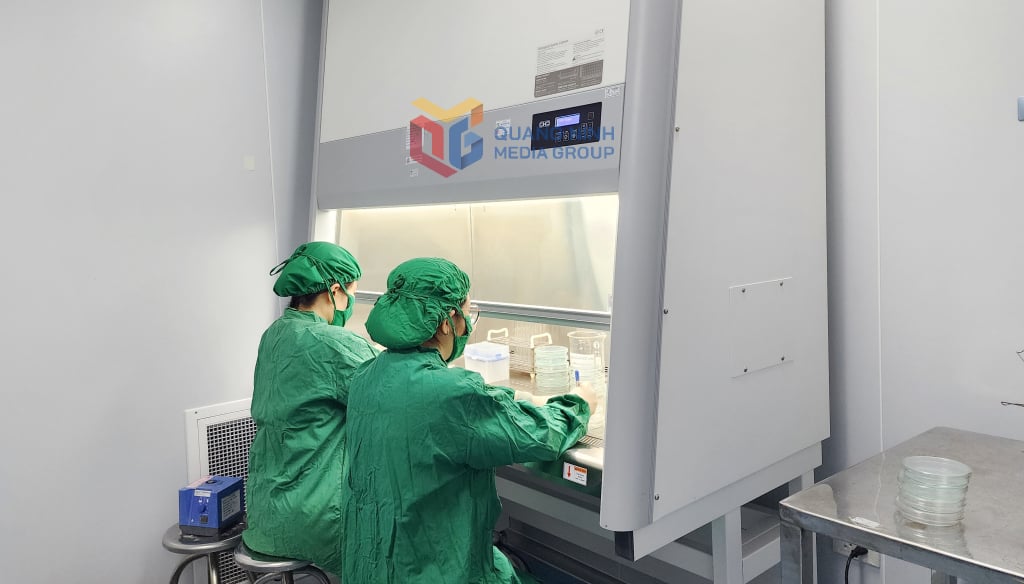
The center closely follows the assigned targets to develop a monitoring plan, collect samples to test the quality of drugs, cosmetics and health protection foods, and proactively monitor post-inspection after the products are circulated. Accordingly, monitoring groups are specifically assigned to collect samples every month and quarter. Subjects of sampling and testing include pharmaceutical trading and manufacturing companies; hospitals, medical centers; pharmacies, drugstores, and private and corporate pharmacies.
Sampling and testing are oriented based on the list of active ingredients and priority medicinal herbs under the direction of the Central Institute for Drug Testing, the Drug Administration, and the Department of Health. In particular, the testing of drugs in the bidding list for supply to hospitals and medical centers of the province; groups of drugs with a large proportion in disease prevention and treatment; groups of drugs containing unstable active ingredients, medicinal herbs that are easily counterfeited, many impurities, etc.; warning information about health protection products that do not meet quality standards, products mixed with active ingredients not in the declared ingredients from the Department of Food Safety.
In addition, the Center regularly coordinates closely with relevant agencies in the inspection and supervision of the quality of drugs, cosmetics, and health protection foods in the whole province; participates in surprise inspections and audits of pharmaceutical work convened by the Department of Health.
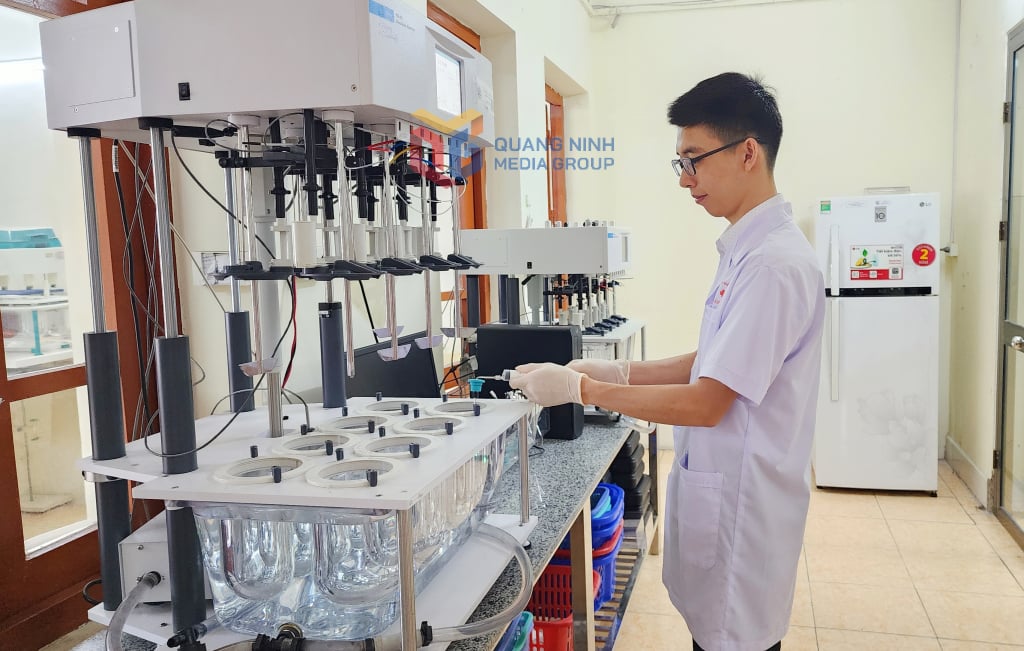
In the past 3 years (2022-2024), the Center has completed and exceeded the assigned sample inspection, monitoring and testing plan targets; the total number increased from 945 samples (2022) to 1,256 samples (2024). Through the inspection work, it was shown that drug trading and production establishments met GDP, GPP, GSP and maintained regulations on drug quality assurance; however, there are still some pharmacies and drug stores that do not cooperate with the inspection team. The Center has discovered substandard samples and reported to competent authorities for handling according to regulations. The substandard indicators are very diverse, including quantification, bacterial contamination limits, banned substances in cosmetics (propyl paraben, methyl paraben), tablet weight, solubility, water content, etc.
To effectively perform the function of testing and monitoring the quality of drugs, cosmetics and health protection foods, the Center always focuses on training and improving the qualifications of all testing staff and technicians; regularly sending staff to attend training courses on drug testing capacity; updating new technical applications in pharmaceutical, cosmetic and food analysis; strengthening training and specialized training for staff, training postgraduate staff to meet the requirements on human resource quality.
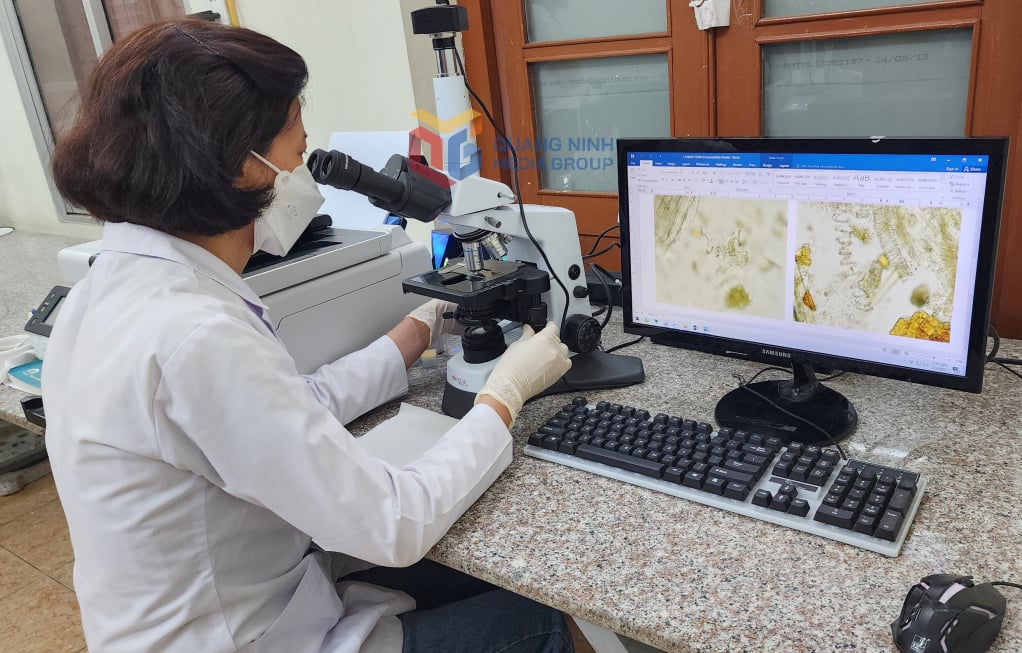
Scientific research activities are identified by the Center as a key task. Many highly applicable topics have been deployed, helping to optimize techniques and reduce analysis costs. Typical examples include: Developing a method to quantify E. coli bacteria in health protection foods; researching the application of high-performance liquid chromatography, qualitatively and quantitatively hydroquinone in cosmetic skin creams; researching and developing a method to detect some illegal anti-inflammatory painkillers mixed in oriental medicine preparations using thin-layer chromatography; Developing a method for quantifying Coliform using colony counting techniques in health protection foods... Tester Ngo Le Mai Que (Deputy Head of the Center's Department of Testing Traditional Medicines - Medicinal Materials - Microbiology) shared: "Participating in implementing research projects and developing internal procedures for complex indicators such as detecting banned substances or quantifying new active ingredients helps us improve our capacity and master the techniques. Thereby, we contribute to ensuring that each tested product is reliable and protects public health."
Since 2015, the Center has maintained a Quality Management System according to ISO/IEC 17025 standards; since 2021, the GLP (Good Laboratory Practice) Management System. Every year, the Center is periodically assessed, monitored, and re-assessed by accredited organizations.
Director of the Center Pham Thi Hong Oanh said: Currently, the market for medicines, cosmetics and health protection foods is increasingly diverse in types, active ingredients, and production technology is much more modern and sophisticated. This places higher demands on testing work, and machinery and technical equipment systems must be invested accordingly to keep up. We hope to continue to receive more attention and support from all levels and sectors in improving testing capacity, in order to better serve the work of protecting people's health.
Source: https://baoquangninh.vn/giam-sat-chat-luong-san-pham-cham-soc-suc-khoe-3356694.html


![[Photo] Flooding on the right side of the gate, entrance to Hue Citadel](https://vphoto.vietnam.vn/thumb/1200x675/vietnam/resource/IMAGE/2025/10/28/1761660788143_ndo_br_gen-h-z7165069467254-74c71c36d0cb396744b678cec80552f0-2-jpg.webp)


![[Photo] Hue: Inside the kitchen that donates thousands of meals a day to people in flooded areas](https://vphoto.vietnam.vn/thumb/1200x675/vietnam/resource/IMAGE/2025/10/29/1761738508516_bepcomhue-jpg.webp)
![[Photo] National Assembly Chairman Tran Thanh Man received a delegation of the Social Democratic Party of Germany](https://vphoto.vietnam.vn/thumb/1200x675/vietnam/resource/IMAGE/2025/10/28/1761652150406_ndo_br_cover-3345-jpg.webp)
![[Photo] Prime Minister Pham Minh Chinh chaired a meeting to discuss solutions to overcome the consequences of floods in the central provinces.](https://vphoto.vietnam.vn/thumb/1200x675/vietnam/resource/IMAGE/2025/10/29/1761716305524_dsc-7735-jpg.webp)
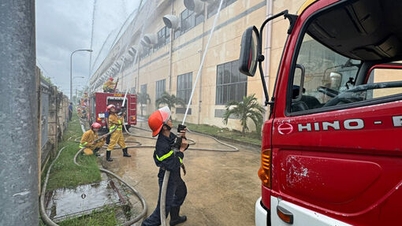




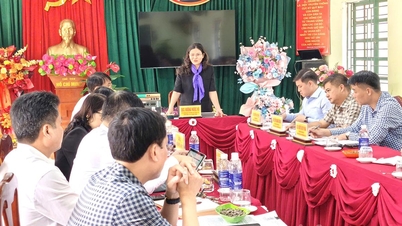

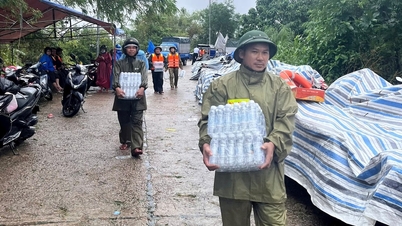

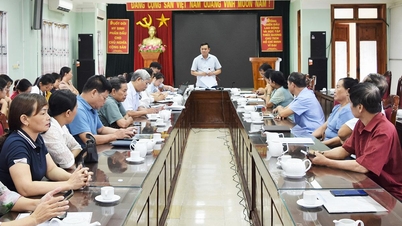














































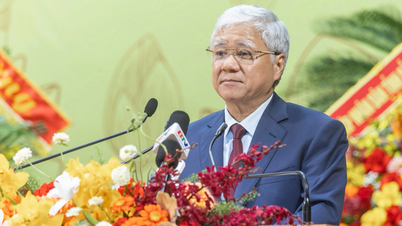
![[Infographic] Vietnam's socio-economic situation in 5 years 2021-2025: Impressive numbers](https://vphoto.vietnam.vn/thumb/402x226/vietnam/resource/IMAGE/2025/10/29/1761730747150_anh-man-hinh-2025-10-29-luc-16-38-55.png)


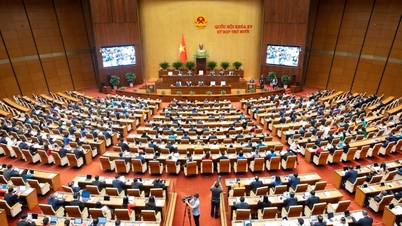



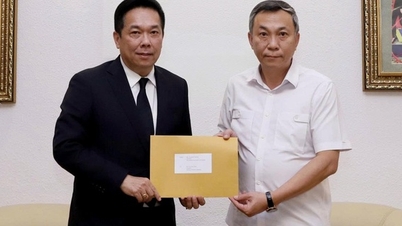


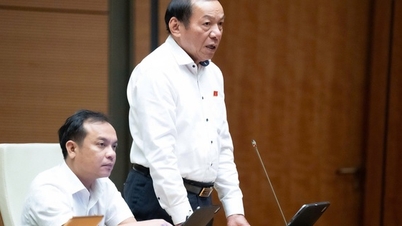
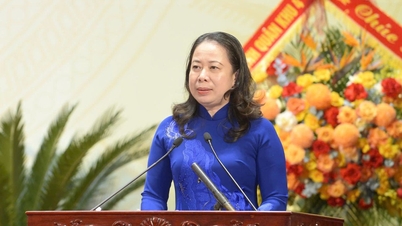

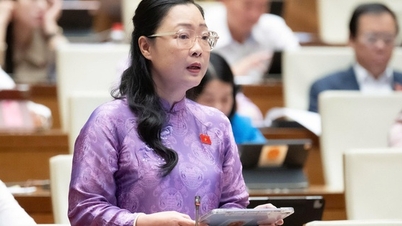


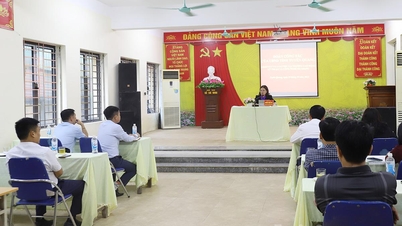
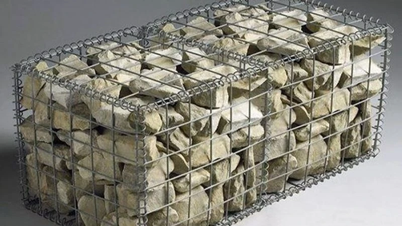



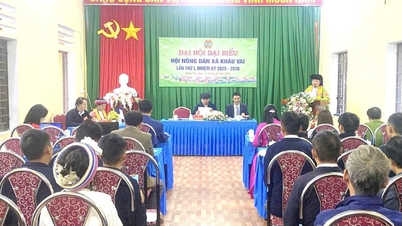
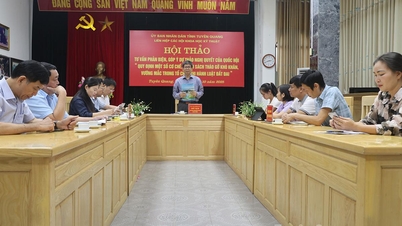














Comment (0)